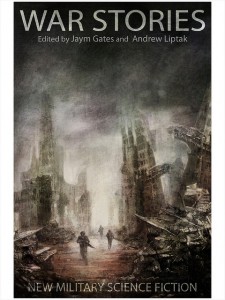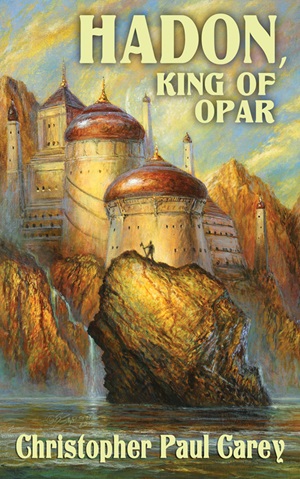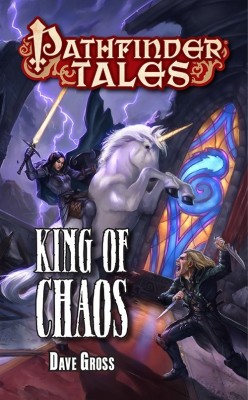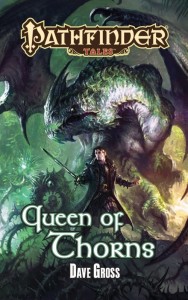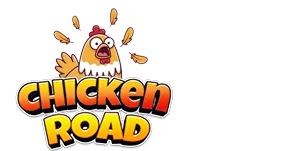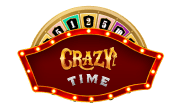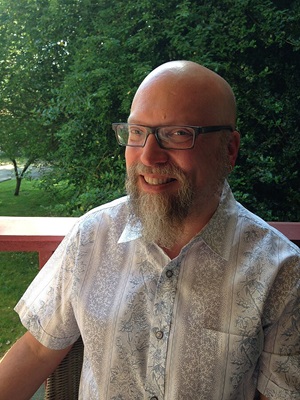
Each week or so, I’ll pester one of my creative colleagues with five questions about his or her work. Most of these folks are friends, a few are secret enemies, and one has been blackmailing me for years.
Like several other distinguished colleagues, Jonathan Tweet first came to my attention through the pages of Alarums & Excursions. I could tell he was smart, but it wasn’t until I moved to Wizards from TSR that we met in the flesh.
After he, Monte Cook, and Skip Williams were tasked with a revision of Dungeons & Dragons, Jonathan invited me on a stroll around the company’s “Mana Pool” and asked my thoughts on the new edition. When he actually implemented my suggestion—although I’m sure I was far from the only proponent of a single experience table—I figured he was sincere.
A few weeks ago, I noticed Jonathan’s Kickstarter for Grandmother Fish and asked him to talk a little about his new book and the last few editions of D&D and related roleplaying games.
1. Why is it important to teach kids about evolution?
First of all, the great challenge of human life, something that no other animal faces, is the imperative “Know thyself.” You can’t understand what a human is without understanding evolution. The theory of evolution tells us where we fit in the world of living things and how we came to be. Neil deGrasse Tyson says that acknowledging our kinship with all living things is “a soaring spiritual experience,” and I agree.
Second, for a hundred years intelligence has been rising from one generation to another, especially in the industrialized world. Most of this increase is driven by an increase in scientific thinking, and evolution teaches us to see living things from a scientific perspective. We desperately need some kids to grow up and save the world from the perils we’ve created. The kids who grow up to save us will be kids who understand science.
2. What elements of your background in game design came into play while writing Grandmother Fish?
A big part of my career has been inventing new ways to engage the imaginations of young people. My game Everway, for example, used imagery to inspire players’ imaginations. Grandmother Fish coaxes children to mimic the sounds and motions of our ancestors. They wiggle like fish and hoot like apes. That’s a trick for inspiring a preschooler’s imagination, for getting them to engage with the story they’re hearing.
Another part of my career has been making complicated concepts understandable to beginners. I’ve done beginner products for Magic: the Gathering, Dungeons & Dragons, Pokémon, Duel Masters, and other games. Grandmother Fish relies on that experience. Once again, I’ve figured out a new way to present complicated issues in an accessible way.
3. Two-thirds of the book is for kids, while the final third addresses adults. Do you expect to win over many adult Creationists with the book?
Creationists are committed to their beliefs, and if giant piles of scientific evidence haven’t convinced them that evolution is true, then Grandmother Fish won’t work, either. People believe things mostly for emotional and social reasons, which is why debates with creationists are so futile.
And that’s also why Grandmother Fish is designed to work on an emotional level rather than simply being factual. The book makes evolution personal to a child, and it gets them to love the idea that we are descended from animals. If kids like the idea of evolution, it will be easy for them to incorporate knew evolutionary knowledge as they’re exposed to it.
If you try to defeat creationism with evidence, it’s easy for creationists to get defensive and close their minds to whatever evidence you offer. But if you make evolution attractive and simple, it appeals on an emotional level, and emotions motivate humans more than abstract knowledge ever does. Creationism has suffered a lot because dinosaurs are so popular and appealing. In reference to dinosaurs and young-earth creationism, even Pat Robertson says that if you fight science, you’ll lose your children. Let’s make science popular and accessible, and people will naturally gravitate toward it.
4. Looking back on two versions of Dungeons & Dragons since the one you designed, how do you see the game evolving in ways you wish you’d thought of? And what elements of your version do you feel stand the test of time?
The classes in 4E are a lot better balanced than the classes in previous editions, and that’s a tremendous improvement. Spellcasters in general and clerics in particular are way too powerful in 3E. Fourth Ed also added the capacity for characters to recover lost hit points on their own, a concept that I launched in Omega World, my Gamma World variant from 2002. That’s a worthy edition to the system. The limit on healing in 4E is a huge boon to high-level play. In previous editions, it was too easy for high-level parties to replenish their hit points magically. I wish that 4E had been envisioned better so that it would have been successful. It’s unfortunate that the edition’s good improvements are largely ignored just because the overall edition was disappointing.
“Fifth Edition” looks like it will be more faithful to the D&D tradition than 4E was, and that’s good to see. It’s still going to be hard for Wizards to win back players, especially since they’re going up against Pathfinder, which is essentially an improved version of 3E.
It’s really heartening to see how many players are committed to Pathfinder. It’s been 14 years since 3E launched, and, in the guise of Pathfinder, it’s still the most popular version of the game today. No previous version of the game system has lasted that long. Our major accomplishment with 3E was giving players a tremendous amount of freedom, and that feature still resonates with players. For 3E, we ditched all sorts of limits: level limits by race, class limits by race, multiclass limits, etc. Players ate it up. With 4E, Wizards strictly limited what sort of characters you could create, and players rejected the system. The system that Monte Cook, Skip Williams, and I put together in 2000 still resonates because it’s the most open-ended version of D&D ever.
In 2013, Pelgrane Press released 13th Age, which Rob Heinsoo and I designed. It’s basically a version of D&D designed to give even more creative control to players and GMs. Mechanically, it’s simpler, faster, and better balanced than 3E, and it puts the players’ inventiveness ahead of the game system. Rob and I prefer RPGs that give players lots of creative authority, and that’s what 13th Age does.
5. If you could give every kid in the world a copy of Grandmother Fish and one other book (even if you had to write it yourself), what would the second one be?
The other book would be The Sneetches and Other Stories by Dr. Seuss. A universal problem in human society is tribalism, the conviction that one’s in-group is right and all out-groups are wrong. The story of the Star-Bellied Sneetches teaches children not to think that one’s own group is better than all the others. That book also contains “The Zax,” which is a lesson in not stubbornly insisting that one’s own way is right. That’s a similar lesson and also valuable.
Check out the Kickstarter for Grandmother Fish, which you can also follow @grandmotherfish or on Facebook and Jonathan’s website. You can peek at an early draft of Grandmother Fish here.


